The Goose
NES Member
I am extremely proud of this particular project. Although I have formed brass for quite a few antique firearms I have always had a starting place. I knew the caliber and was able to look up a likely parent case. This one I had to figure out and I still do not know what caliber it actually is.
First the rifle. It was built by Johan Rosler in the 1880's. So far this is all I can find out about him. "Johann Rosler was listed as a gunsmith in Salzburg Austria from the 1870s until the 1890s and was a maker of Fine Rifles, Drillings, and shotguns. He was appointed Buchmiester or Royal Court Maker sometime in the 1880s where he was the sole maker of firearms for the Royal Austrian Court and held this title until the 1890s."
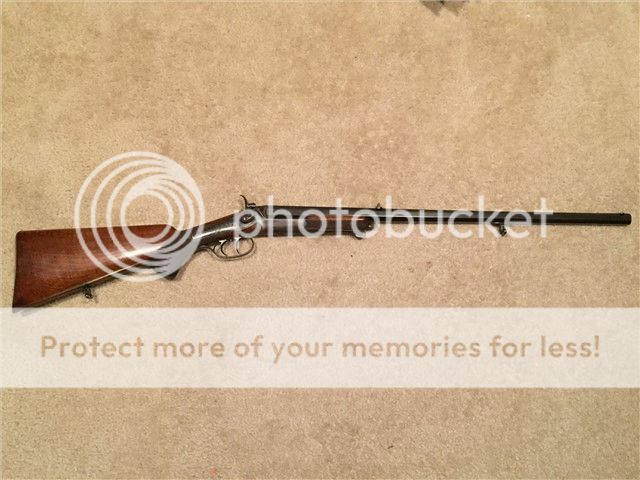
It is a single shot hunting/stalking rifle chambered in some 11mm caliber. It was sold to me as chambered in .43 Mauser, but it is not. It is finely engraved and in almost mint condition. Even the screw heads are engraved and it has a Greek god face carved horn cap on the pistol grip.
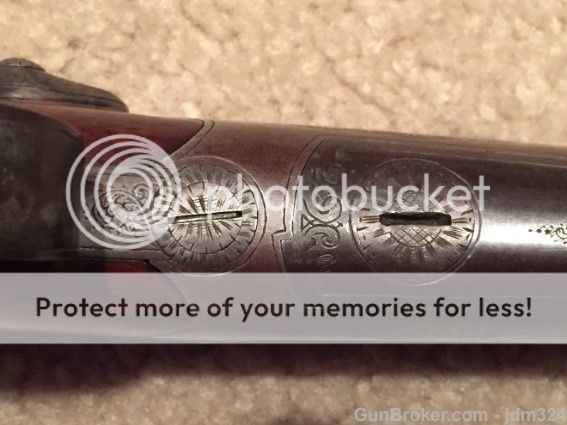
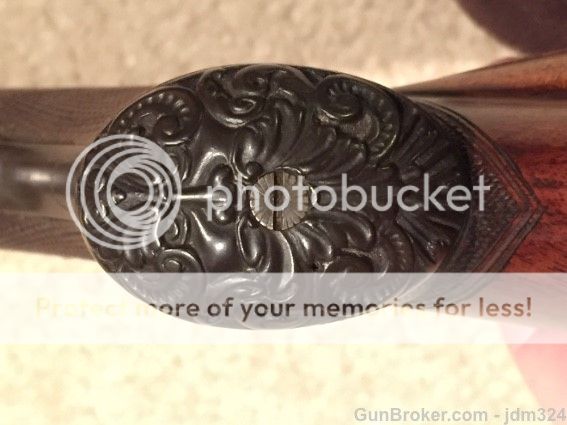
Double set triggers and a tang sight that completely folds into the tang and out of sight. Bore is pristine.
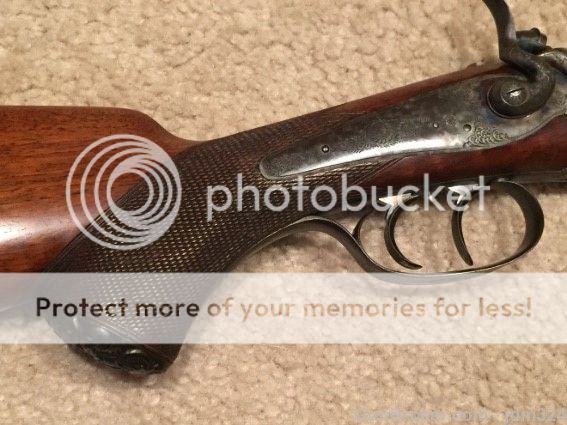
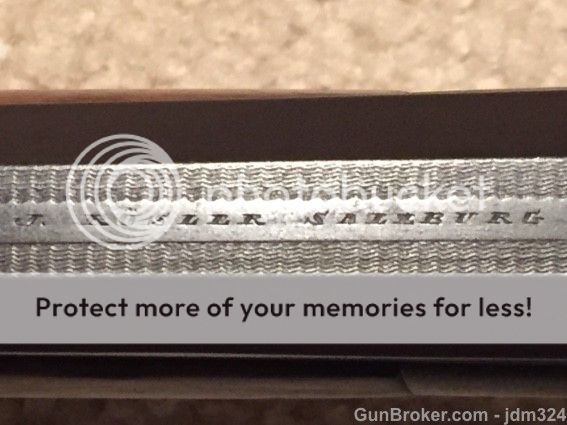
As I said it was sold to me as a .43 Mauser and it is not so I had to figure out what it is. Here is my process. I tried to chamber a .43 Mauser round, but the body of the case was too thick to fit. I took a chamber cast and slugged the bore. The groove diameter is .446 which would be consistent with a .43 Mauser. However, the chamber cast showed a tapered case not a bottle neck. I measured everything and searched all of my literature and on line and could not find a match. I contacted some folks in Germany and Austria, but nothing. On a hunch I ran a .43 Mauser case up into a 45/70 sizing die. The case now chambered perfectly, however, if you are familiar with the .43 Mauser case there is a "bump out" on the back of the rim. I do not know what that is called. So although the newly sized case fit the chamber the rifle would not close because of the "bump out". I ground off the "bump" and voila, it chambered perfectly. Except now the primer could not be seated deeply enough with the material ground off. Aaaarggh! For the heck of it I tried to chamber a 45/70 case, but of course now it was the neck that was too large (.458 bullet as opposed to .446). I ran the 45/70 case into the .43 Mauser sizing die which gave the 45/70 a very slight bottle neck, but it chambered up to the rim which was too big and too thick. I chucked it in the lathe and cut the rim diameter from .600 to .586 and then slowly thinned the rim working slowly from the inside back until it would chamber. Once I had done this once it was now repeatable and I made 20 pieces. For a bullet I used a soft lead 300 gr. Gasser revolver bullet sized to .446 and lubed with SPG. I suspected that the case would hold better then 60 grs of 2F black powder, but I wanted a more reduced load. Old rifle and also it only weighs about 6 1/2 lbs. so I wanted to go light. I loaded 50 grs. of Goex 2F and then topped off with Cream of Wheat as a filler. Then a .030 wad, a grease cookie and another wad. Lastly I seated the bullet. Oh yeah, large magnum rifle primer. Below are 2 rounds. The bottleneck is a bit hard to see.
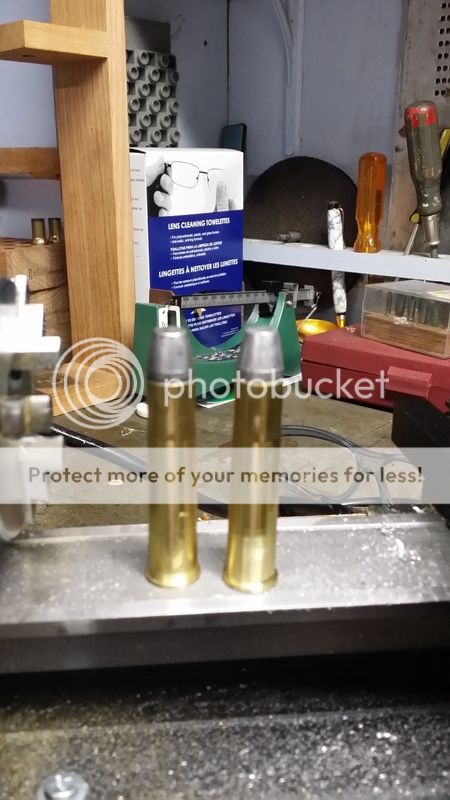
My thinking was that once I fired it then it would size to the chamber and the bottleneck would be gone. The chamber cast showed a 2.35 case length as opposed to the 2.10 of the 45/70. I figured that if the round showed any promise I could try it with some 45/90 brass. Today the weather was nice and I finally hit the range. Interestingly enough there was only one guy at the range and he was a Chinese fellow who was quite interested in the whole thing. He actually interviewed and filmed me while he translated into Chinese. I gave a blow by blow description and then did the shooting. He says he is going to post it on Chinese Youtube. He will keep me informed.
Below is the last 5 shot group that I fired. I am pretty pleased with the results. Shoots a bit to the left, but I can drift the sight in the future. I think that if I play with loads and bullet weights this old timer promises to be a good shooter.
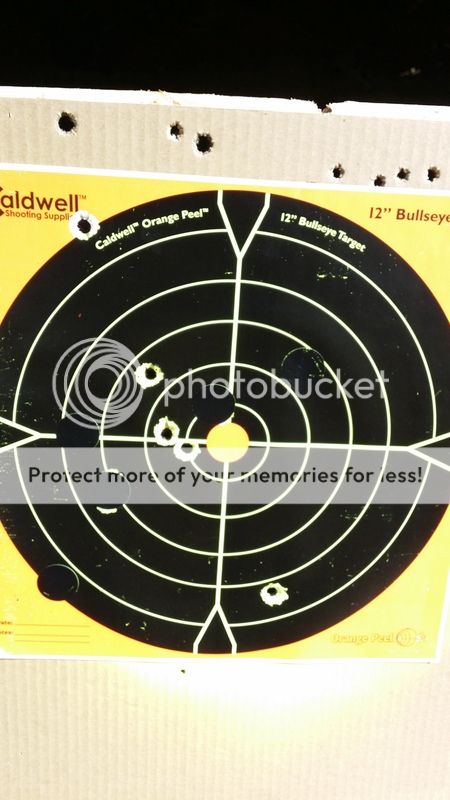
You can see 2 of the fired cases in this photo. The bottleneck is gone.

Until I find out differently I have dubbed this round 11mm Rosler in honor of the maker. I am just thrilled with the outcome. This is a 130 year old rifle of unknown caliber which has been brought back to life.
First the rifle. It was built by Johan Rosler in the 1880's. So far this is all I can find out about him. "Johann Rosler was listed as a gunsmith in Salzburg Austria from the 1870s until the 1890s and was a maker of Fine Rifles, Drillings, and shotguns. He was appointed Buchmiester or Royal Court Maker sometime in the 1880s where he was the sole maker of firearms for the Royal Austrian Court and held this title until the 1890s."

It is a single shot hunting/stalking rifle chambered in some 11mm caliber. It was sold to me as chambered in .43 Mauser, but it is not. It is finely engraved and in almost mint condition. Even the screw heads are engraved and it has a Greek god face carved horn cap on the pistol grip.


Double set triggers and a tang sight that completely folds into the tang and out of sight. Bore is pristine.


As I said it was sold to me as a .43 Mauser and it is not so I had to figure out what it is. Here is my process. I tried to chamber a .43 Mauser round, but the body of the case was too thick to fit. I took a chamber cast and slugged the bore. The groove diameter is .446 which would be consistent with a .43 Mauser. However, the chamber cast showed a tapered case not a bottle neck. I measured everything and searched all of my literature and on line and could not find a match. I contacted some folks in Germany and Austria, but nothing. On a hunch I ran a .43 Mauser case up into a 45/70 sizing die. The case now chambered perfectly, however, if you are familiar with the .43 Mauser case there is a "bump out" on the back of the rim. I do not know what that is called. So although the newly sized case fit the chamber the rifle would not close because of the "bump out". I ground off the "bump" and voila, it chambered perfectly. Except now the primer could not be seated deeply enough with the material ground off. Aaaarggh! For the heck of it I tried to chamber a 45/70 case, but of course now it was the neck that was too large (.458 bullet as opposed to .446). I ran the 45/70 case into the .43 Mauser sizing die which gave the 45/70 a very slight bottle neck, but it chambered up to the rim which was too big and too thick. I chucked it in the lathe and cut the rim diameter from .600 to .586 and then slowly thinned the rim working slowly from the inside back until it would chamber. Once I had done this once it was now repeatable and I made 20 pieces. For a bullet I used a soft lead 300 gr. Gasser revolver bullet sized to .446 and lubed with SPG. I suspected that the case would hold better then 60 grs of 2F black powder, but I wanted a more reduced load. Old rifle and also it only weighs about 6 1/2 lbs. so I wanted to go light. I loaded 50 grs. of Goex 2F and then topped off with Cream of Wheat as a filler. Then a .030 wad, a grease cookie and another wad. Lastly I seated the bullet. Oh yeah, large magnum rifle primer. Below are 2 rounds. The bottleneck is a bit hard to see.

My thinking was that once I fired it then it would size to the chamber and the bottleneck would be gone. The chamber cast showed a 2.35 case length as opposed to the 2.10 of the 45/70. I figured that if the round showed any promise I could try it with some 45/90 brass. Today the weather was nice and I finally hit the range. Interestingly enough there was only one guy at the range and he was a Chinese fellow who was quite interested in the whole thing. He actually interviewed and filmed me while he translated into Chinese. I gave a blow by blow description and then did the shooting. He says he is going to post it on Chinese Youtube. He will keep me informed.
Below is the last 5 shot group that I fired. I am pretty pleased with the results. Shoots a bit to the left, but I can drift the sight in the future. I think that if I play with loads and bullet weights this old timer promises to be a good shooter.

You can see 2 of the fired cases in this photo. The bottleneck is gone.

Until I find out differently I have dubbed this round 11mm Rosler in honor of the maker. I am just thrilled with the outcome. This is a 130 year old rifle of unknown caliber which has been brought back to life.

![Grin [grin] [grin]](/xen/styles/default/xenforo/smilies.vb/041.gif)